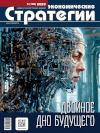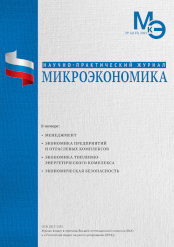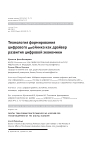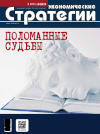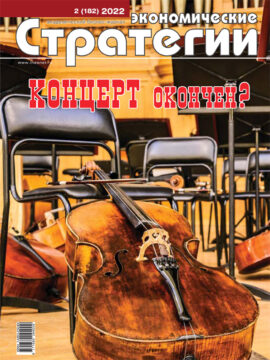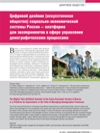Cognitive Collective Convergent Engineering. Part II
DOI: 10.33917/es-6.192.2023.52-61
The article presents an analysis of the fundamental problems of civilizational transit with digital transformation of Industry 4.0 and forms the requirements for methodology and technologies for reassembling transdisciplinary engineering knowledge. The authors propose alternative solutions and counterintuitive approaches to transform reindustrialization based on innovative technologies of cognitive collective convergent engineering – C3 engineering, graph-centric platforms of digital genesis, tools, models and systems of collective intellectual work. The new global trend, proposed by Russia, represents the closing technologies of C3 engineering, which have a colossal socio-political resource of ensuring national sovereignty and leadership with the potential for global technological accession.
References:
5. Budanov V.G. Metodologiya sinergetiki v postneklassicheskoi nauke i v obrazovanii [Methodology of Synergetics in Post-non-classical Science and Education]. Izd. 4-e, dop. Moscow, LENAND, 2017, 272 p.
6. Budanov V.G. Obobshchennaya nauchnaya ratsional’nost’: istoki, struktura, perspektivy v tsifrovuyu epokhu: Antropomernost’ kak vyzov i otvet sovremennosti: Kollektivnaya monografiya [Generalized Scientific Rationality: Origins, Structure, Prospects in the Digital Age: Anthropomension as a Challenge and Response of Modernity: Collective Monograph]. Otv. red. V.G. Budanov. Kursk, Universitetskaya kniga, 2022, pp. 44–62.
7. #Gipergraf:Platforma, RKD [#Hypergraph:Platform, RKD]. Moscow, OOO “GiperGrafGrupp”, 2021.
8. Protocol of demonstration of the control system to representatives of the Kalashnikov Concern [Electronic resource], available at: https://7055ce99-63ff-
424d-ab7e-fe27c9fefd34.usrfiles.com/ugd/7055ce_a0898b7345e94386819200c0d4110432.pdf
9. Taxonomic analysis of mandatory reporting of credit organizations of the Central Bank of the Russian Federation [Electronic resource], available at: https://www.grafxm.ru/post/modernizaciya-sistemy-sbora-otchetnosti-kreditnyh-organizacij-v-cb-rf
10. NATO RTO protocols. NATO-RUSSIAN working platform on defense R&T co-operation [Electronic resource], available at: https://7055ce99-63ff-424dab7e-
fe27c9fefd34.usrfiles.com/ugd/7055ce_24f228929de04862aecb27ac452f559c.pdf
11. Expertise and reviews [Electronic resource]. M.: HyperGraphGroup LLC, 2021. URL: ht tps://www.gipergraf.ru/


